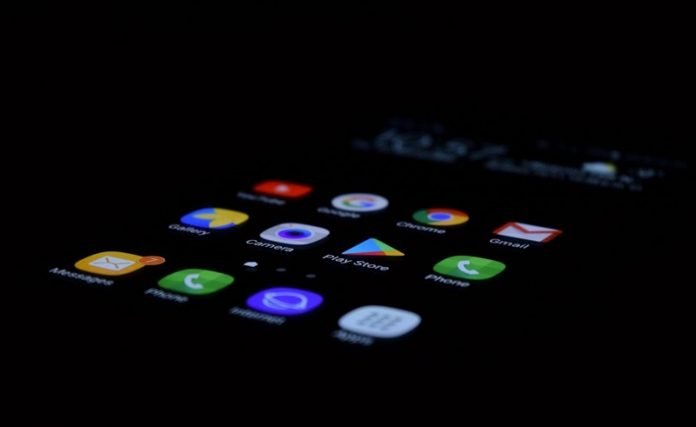
‘Common sense’ advice to halt smartphone distraction may actually be misguided.
Telling people to turn their smartphones off, or set them on silent as a strategy to ease distractions or avoid addictive internet behaviors may backfire on some folks, according to Penn State researchers.
In a study, the researchers report that people checked their phones more often when their devices were in silent mode.
They added that those who scored high in “Fear-of-Missing-Out” and “Need-to-Belong” personality tests checked their phones even more when silencing them and, in some cases, stayed on phones longer.
The findings suggest that the one-size-fits-all approach to easing what some consider a growing problem of smartphone distraction and addiction may be misguided, according to S. Shyam Sundar, James P. Jimirro Professor of Media Effects in the Donald P. Bellisario College of Communications and co-director of the Media Effects Research Laboratory.
“The general, commonsensical approach to overcoming addiction or any kind of substance overuse or dependency is by cutting back on that substance,” said Sundar, who is also an affiliate of Penn State’s Institute for Computational and Data Sciences.
“The industry approach to curbing smartphone overuse has generally been to try and figure out ways to cut off your access to phone, or to reduce the number of notifications or to give you the option of turning off the sound.
While these are commonsensical approaches, we really do not know if they are psychologically effective. This seems to be one of those instances when cutting back can actually backfire or boomerang.”
The researchers, who examined data collected from the screen time tool of 138 iPhone users for the study, focused on how two different psychological traits may influence how people react when their phones are placed on either silence or buzz.
Specifically, they studied people who are preoccupied about gathering information from others — also called “Fear-of-Missing-Out,” or FoMO — and people who have a high need to maintain interpersonal relationships — or “Need to Belong.”
All participants checked their phones more when the device was in silent mode compared to when it was set on audio-alert or vibrate modes.
When the phone had its sound and vibration on, they checked their phones 52.9 times a day one average, but checked their phones about twice as many times, or 98.2 times a day on average when their phones are completely silent.
According to Mengqi Liao, a doctoral student in mass communication and first author of the paper, participants were asked a series of questions to identify people with high FoMO and Need-to-Belong psychological traits.
For example, people with FoMO tend to agree with questions about their concern for what other people are doing, such as: “Do you get worried when you find out friends are having fun without you?” and “Do you get anxious not knowing what their friends are up to?”
People who have high Need-to-Belong traits may agree with statements such as “You need other people to like you” and “You feel bad when people don’t accept you.”
People with high levels of FoMO checked their phones about 50 times a day when the vibration signal was on.
In silent mode, though, the number of checks soared to about 120 checks a day for those participants.
The researchers also found that people with high levels of FoMO stayed on phones significantly longer if their phones were in silent mode.
People with high levels of the Need-to-Belong trait did not pick up their phone more when their phones were in silent mode, however they did stay on phones longer if their phones were either on silent or vibration-only mode.
The study suggests that advice on handling distractions from interactive media — removing the device, or disengaging alerts — may not just be ineffective, these steps could actually cause more of the behavior we want to stop, according to Sundar.
“Imagine, in class, the instructor tells the students to turn off their phones, we think that now everyone is paying attention to the instructor,” said Sundar. “But, what our research is the opposite, in that they are preoccupied thinking about all the things that they’re missing, so it might be even more distracting.”
According to Liao, developers may want to use these findings to find ways to make smartphones that are both better to use, as well as healthier for the consumer. She suggests that the key is recognizing that reactions to features, such as notification systems, are often personal.
“It might be important to personalize how notifications are presented to users based on their individual differences, for example, in this case, basing it on their level of fear of missing out and the level of their need to belong, which are not hard to measure nowadays,” said Liao.
“Another thing developers should explore is the use of, for example, social media and online entertainment to really listen to what are the notifications that that person just cannot miss and ones they probably don’t mind missing.”
The researchers published their findings in the journal Computers in Human Behavior, available online now.
Written by Matt Swayne.



